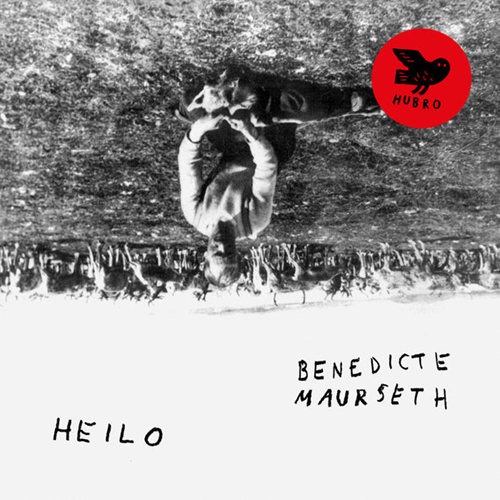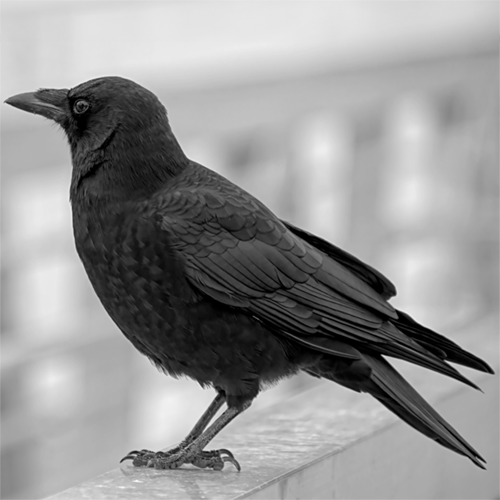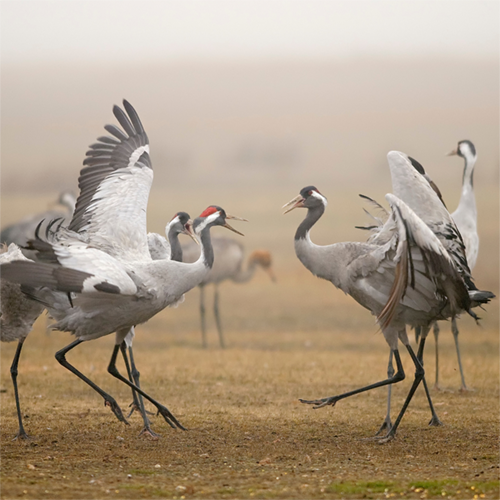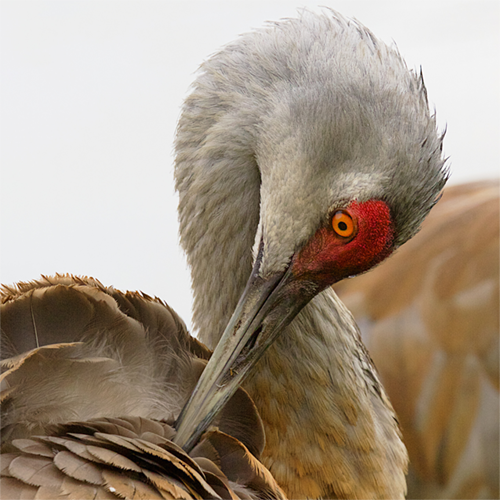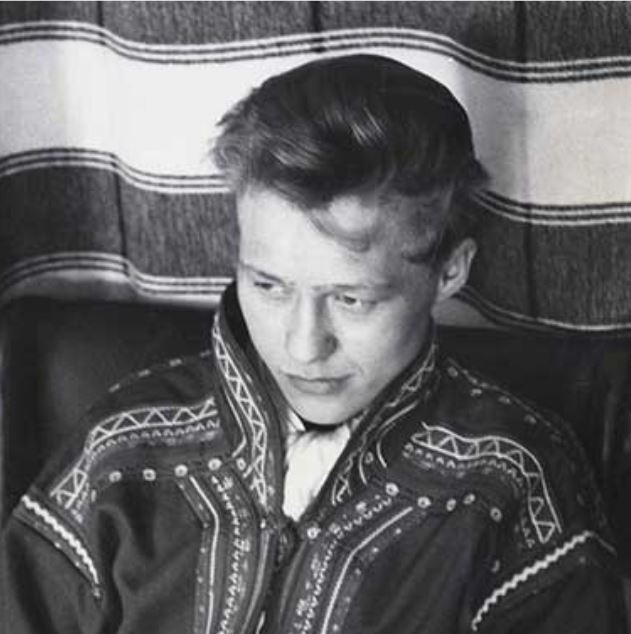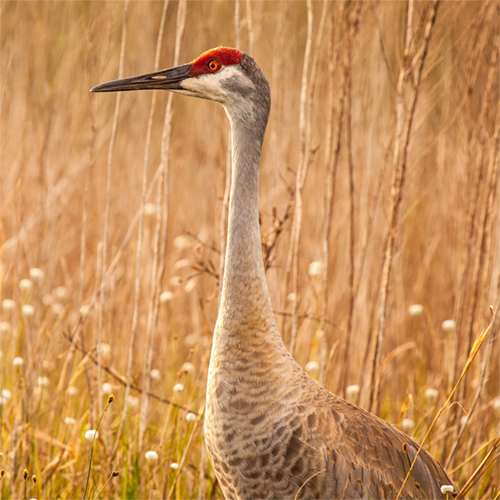Big Birds Flying
by Catherine Madsen
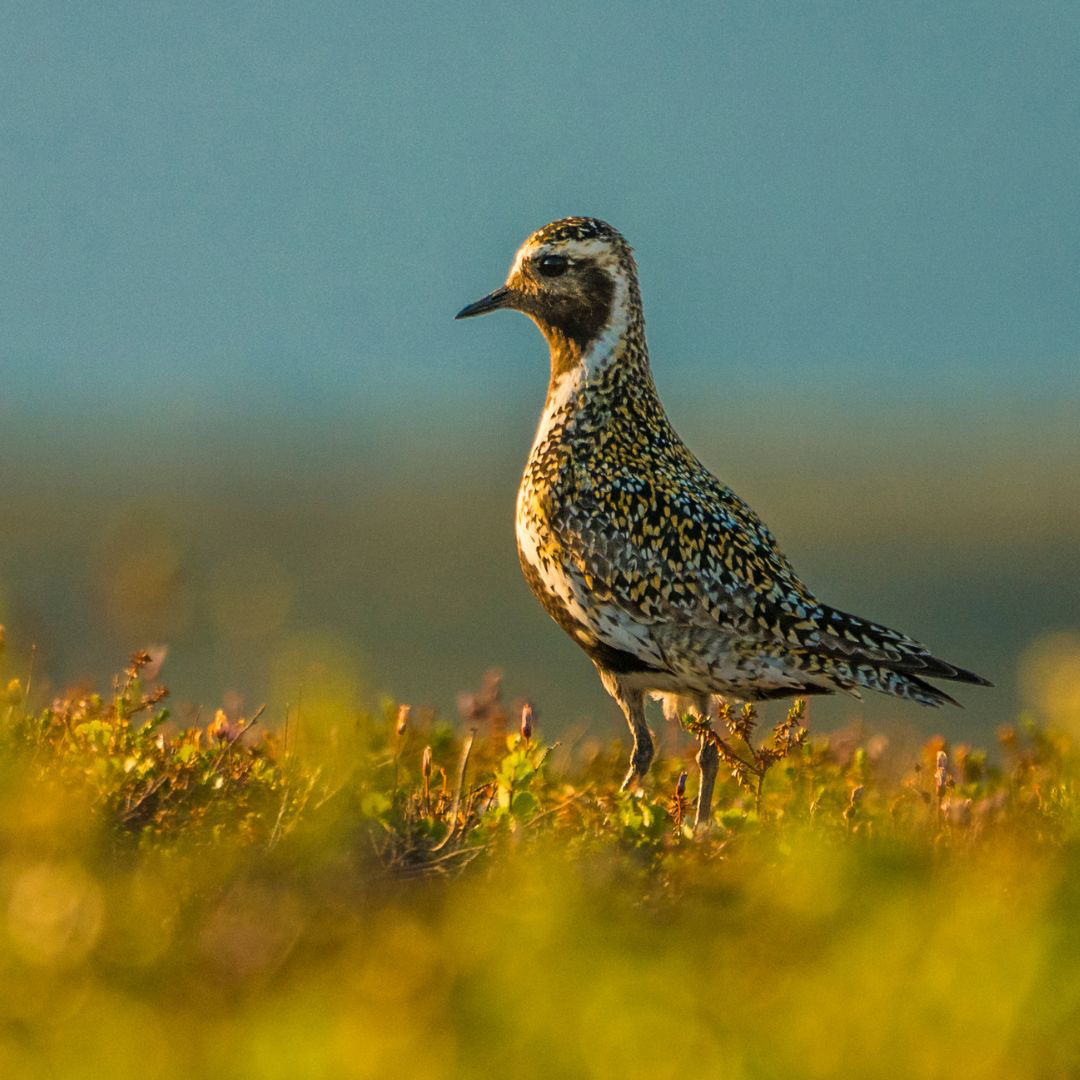 Every release of the Norwegian record label Heilo ends with a 37-second track of birdsong. Heilo is the Norwegian name for pluvialis apricaria, the European golden plover, and the bird’s thin wild sound is like the signature of the North, tethering the
music to the landscape that surrounds it.
Every release of the Norwegian record label Heilo ends with a 37-second track of birdsong. Heilo is the Norwegian name for pluvialis apricaria, the European golden plover, and the bird’s thin wild sound is like the signature of the North, tethering the
music to the landscape that surrounds it.
Birds long predate us as musicians, and musicians in the North sometimes find themselves compelled to work with them. You’ll hear the Heilo again during this meditative piece by Norwegian fiddler Benedicte Maurseth. The Icelandic poet Jón Thoroddsen’s Krummavísur (Raven Song) incorporates raven sounds as the hungry bird finds something to eat in the winter landscape and summons his friends. (Lyrics and translation here.) The late Pernille Anker, one of whose specialties was tralling (singing fiddle tunes to nonsense syllables), makes Blå Toner fra Lom a haunting evocation of birdsong.
Jonas Simonson heard the voices of cranes in his childhood near Skara, Sweden, and has been thinking about them ever since. Whereas North America has sandhill cranes, Europe has common cranes, whose migration route takes them from Scandinavia to Spain and Morocco for the winter. Simonson’s album Crane Dance translates the crane’s voice and physical presence into flute and percussion with interludes of fiddle. His music is sometimes traditional and sometimes jazz-inflected, and sometimes it just channels the crane direct.
Long-time Fairbanks composer John Luther Adams had been writing bird music before ever coming to Alaska; his early work Songbirdsongs was finished here but begun in Georgia. His installation at the Museum of the North, The Place Where You Go to Listen, tracks just about everything in the landscape and the sky except for birds, but he found another way to include them in his work. The eighth movement of Earth and the Great Weather, his “sonic geography of the Arctic,” drops you right in the middle of a field of migrating birds. The original performance and recording included a litany of bird names read in English, Iñupiat, Gwich’in, and Latin. This 2022 performance by the 21st Century Consort, starting at 56:20, leaves out the litany of names, but gives us a visual sense of how Adams layers recorded birdsong with birdlike sounds produced by string players and vocalists.
The pinnacle of Northern human/bird musical fusion may be Nils-Aslak Valkeapää’s, Goase dušše (The Bird Symphony). Valkeapää, as readers of the post on yoik will remember, was the moving force behind the revival of Sámi yoik singing in the 1960s. His hour-long Bird Symphony, which won the Prix Italia radio competition in 1993, consists entirely of bird calls, yoik, reindeer bells, and water and weather sounds. Other than the reindeer bells there is no instrumental music, and no reproducible score: Valkeapää recorded the sounds at his home in Finnish Sápmi and edited them into a coherent whole. It’s a striking achievement, complexly layered and arranged in four movements that convey both the driving force of avian, animal and human migration and a sense of infinite unhurried time.
The birds are on their way. Creamer’s Field will be full of geese and cranes and swans; then shorebirds will be skittering along the sand by the lakes and rivers; then white-crowned sparrows will be buzzing in the fields. Spring is here.
Resources
Click the links below to learn more about the artists and topics mentioned in the article.
About the Author

Catherine Madsen is a writer, singer and folk harper now living in Michigan. The three years she spent in Fairbanks as a child (1962-65) were a turning point in her life, and she established the Circumpolar Music Series as a gift of gratitude.


